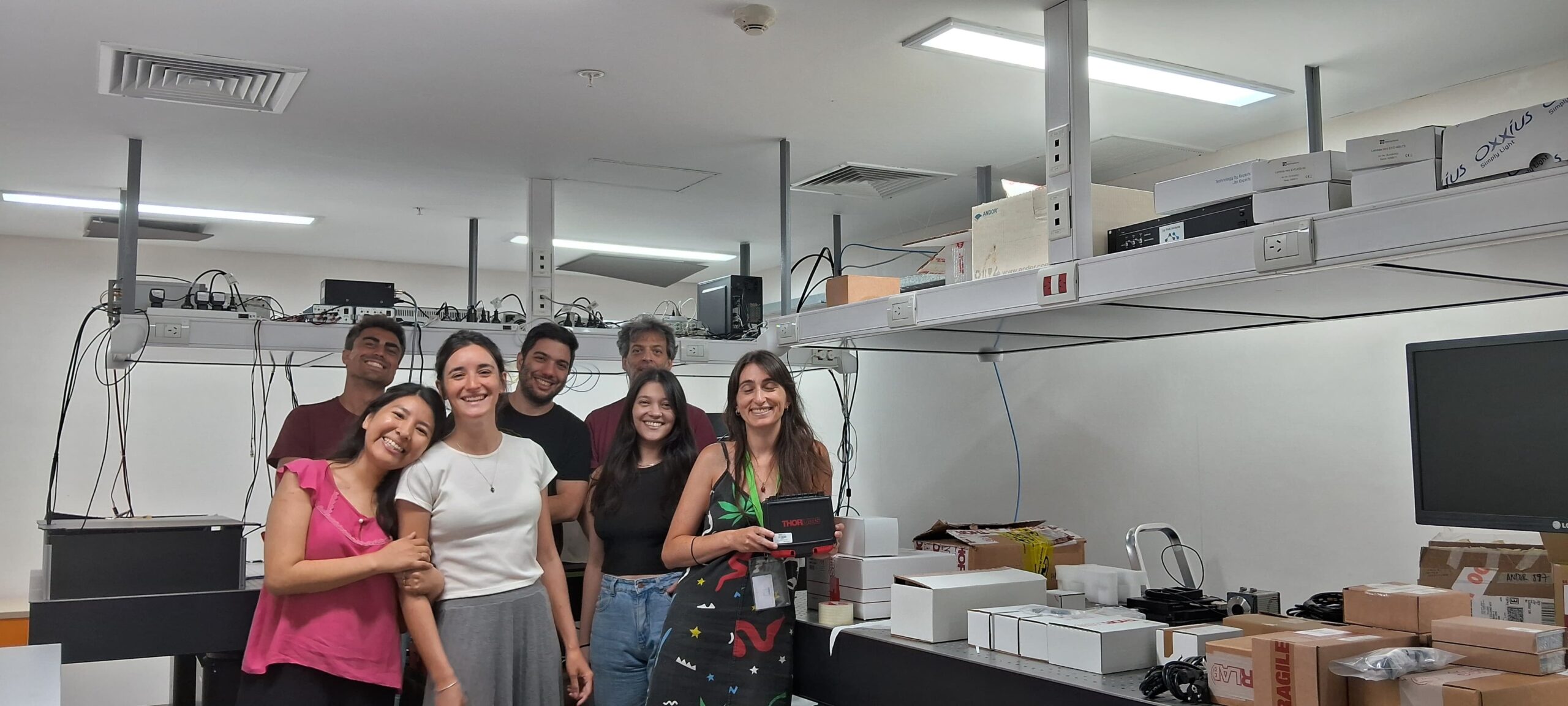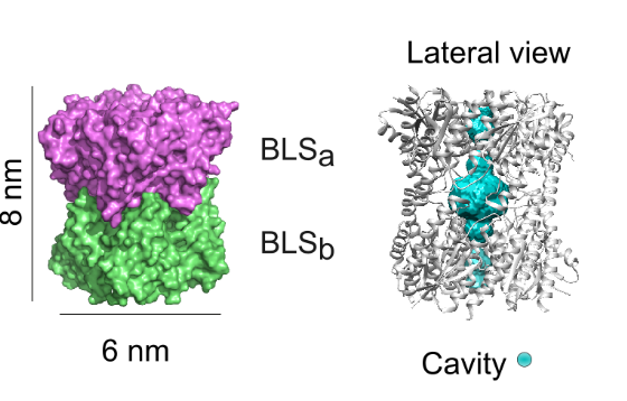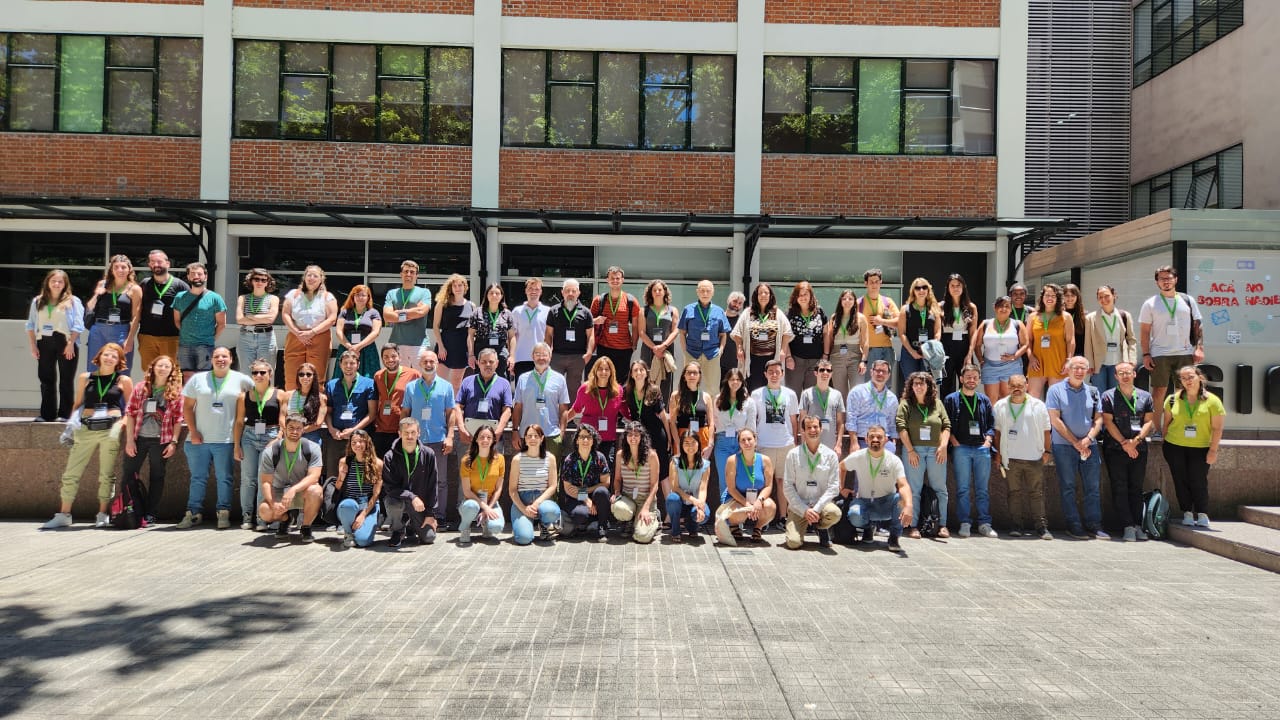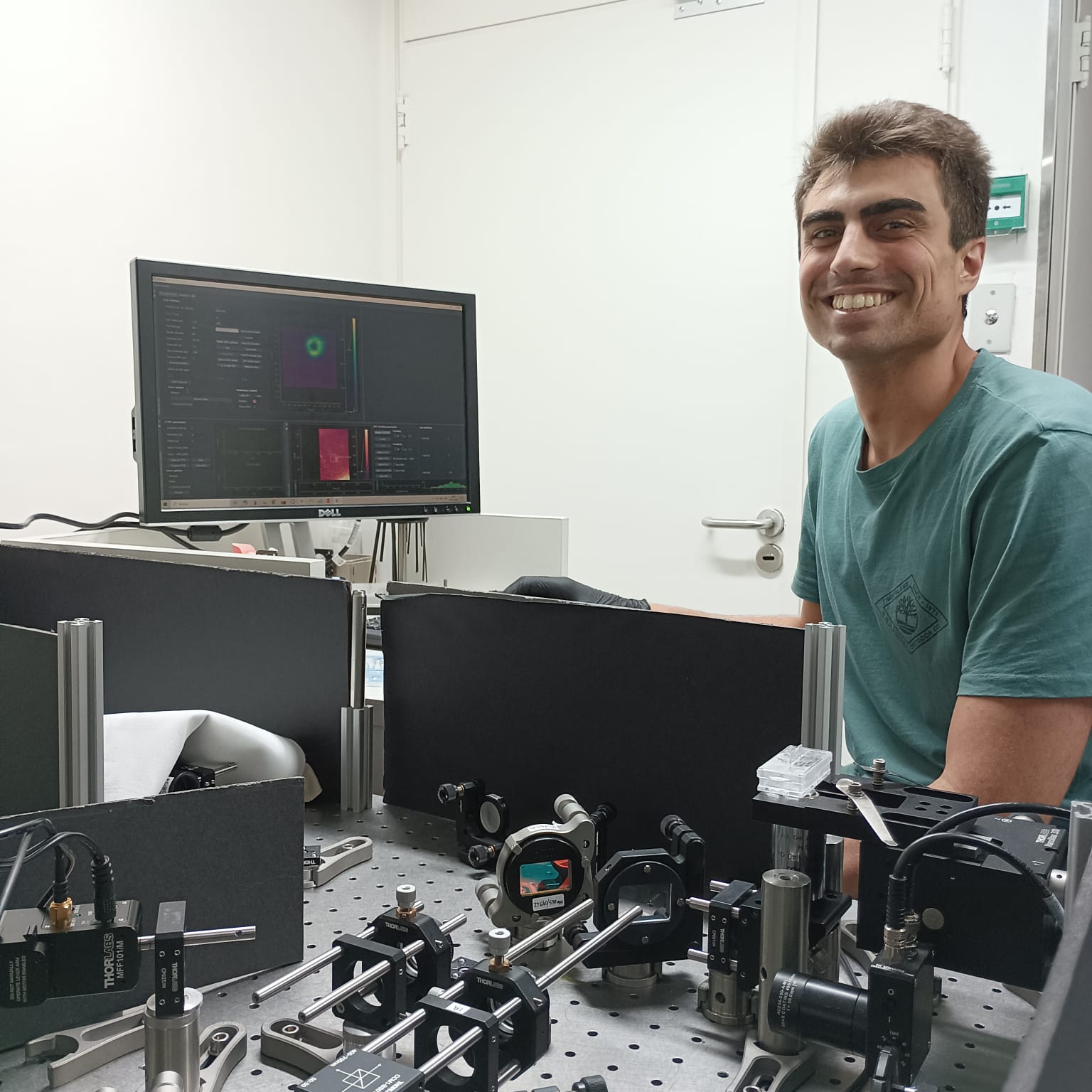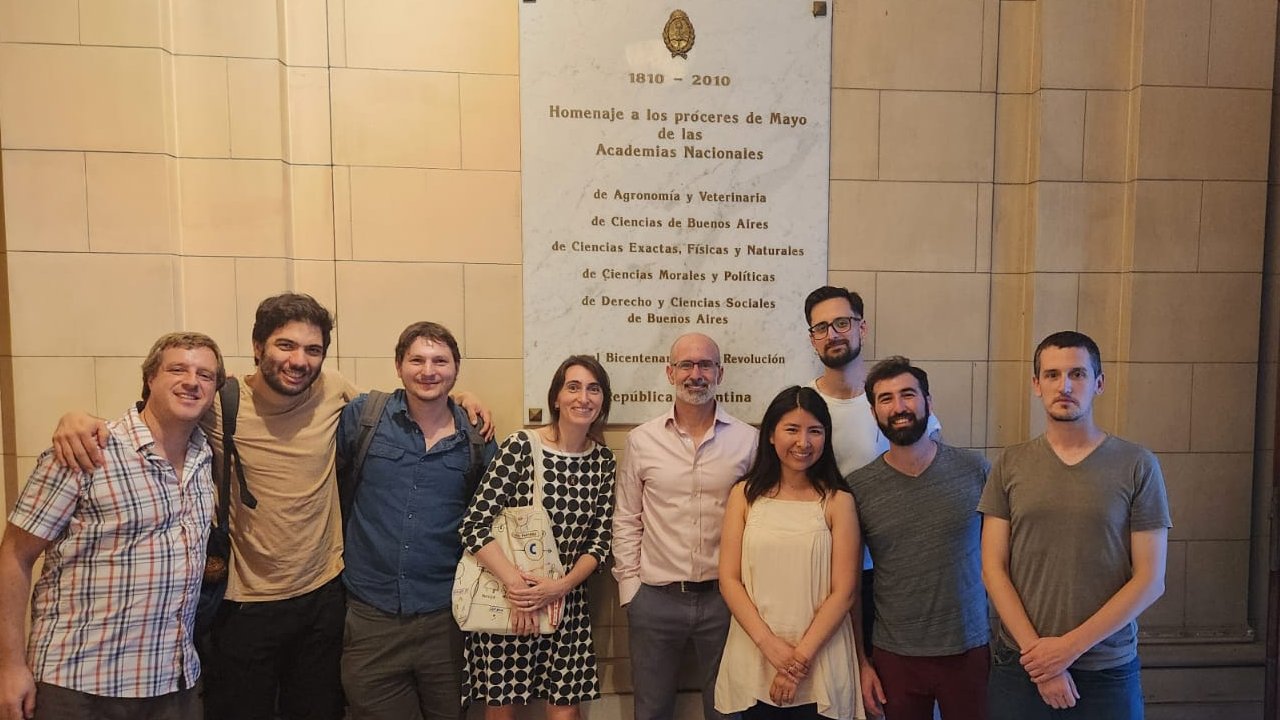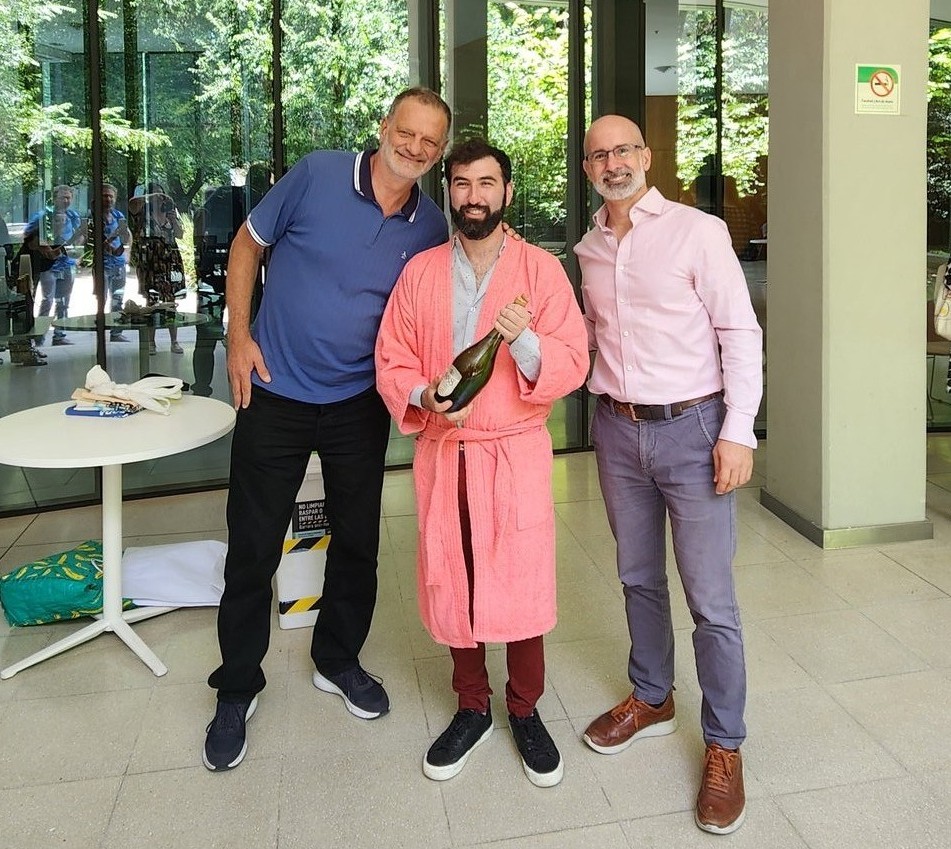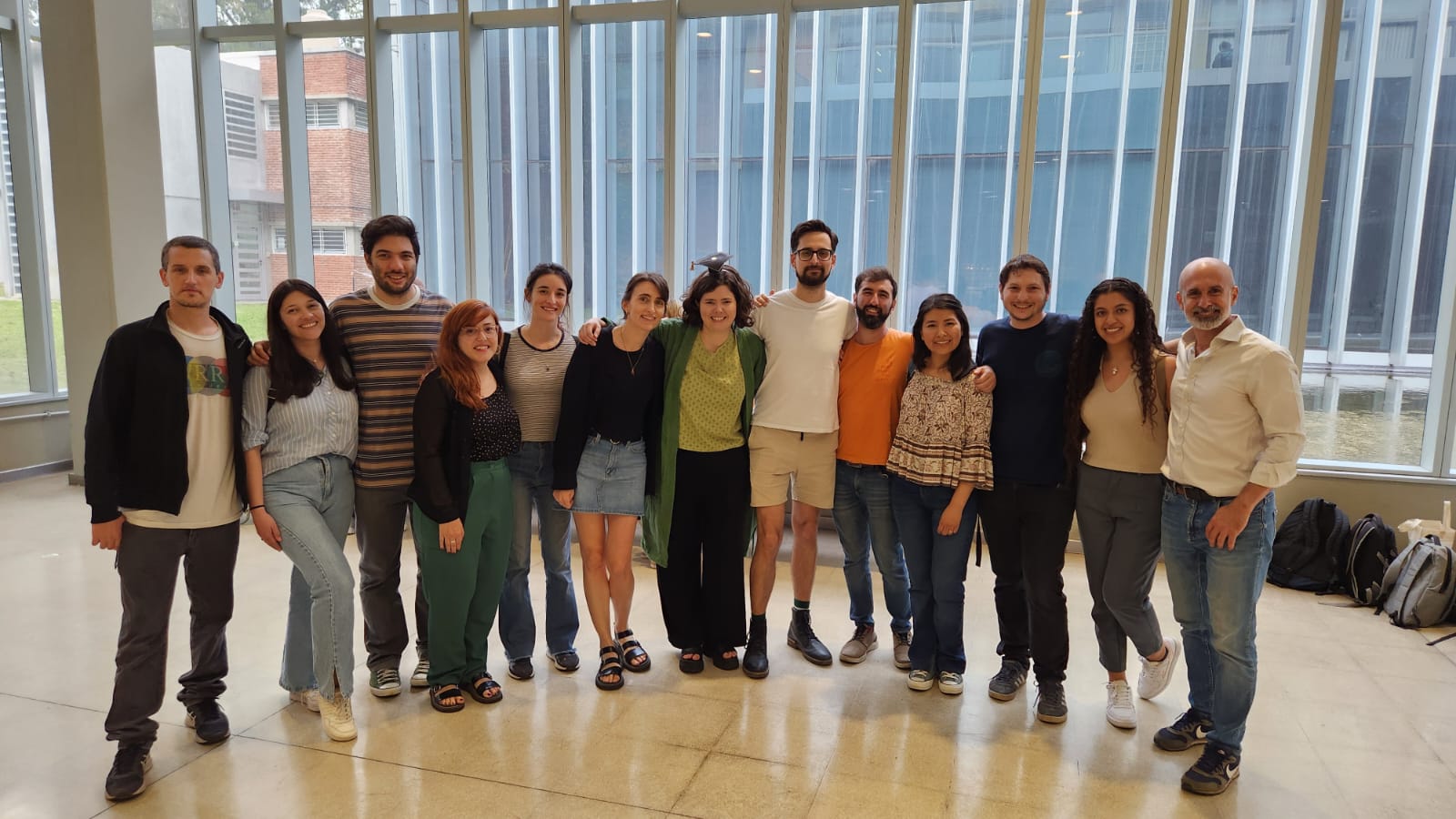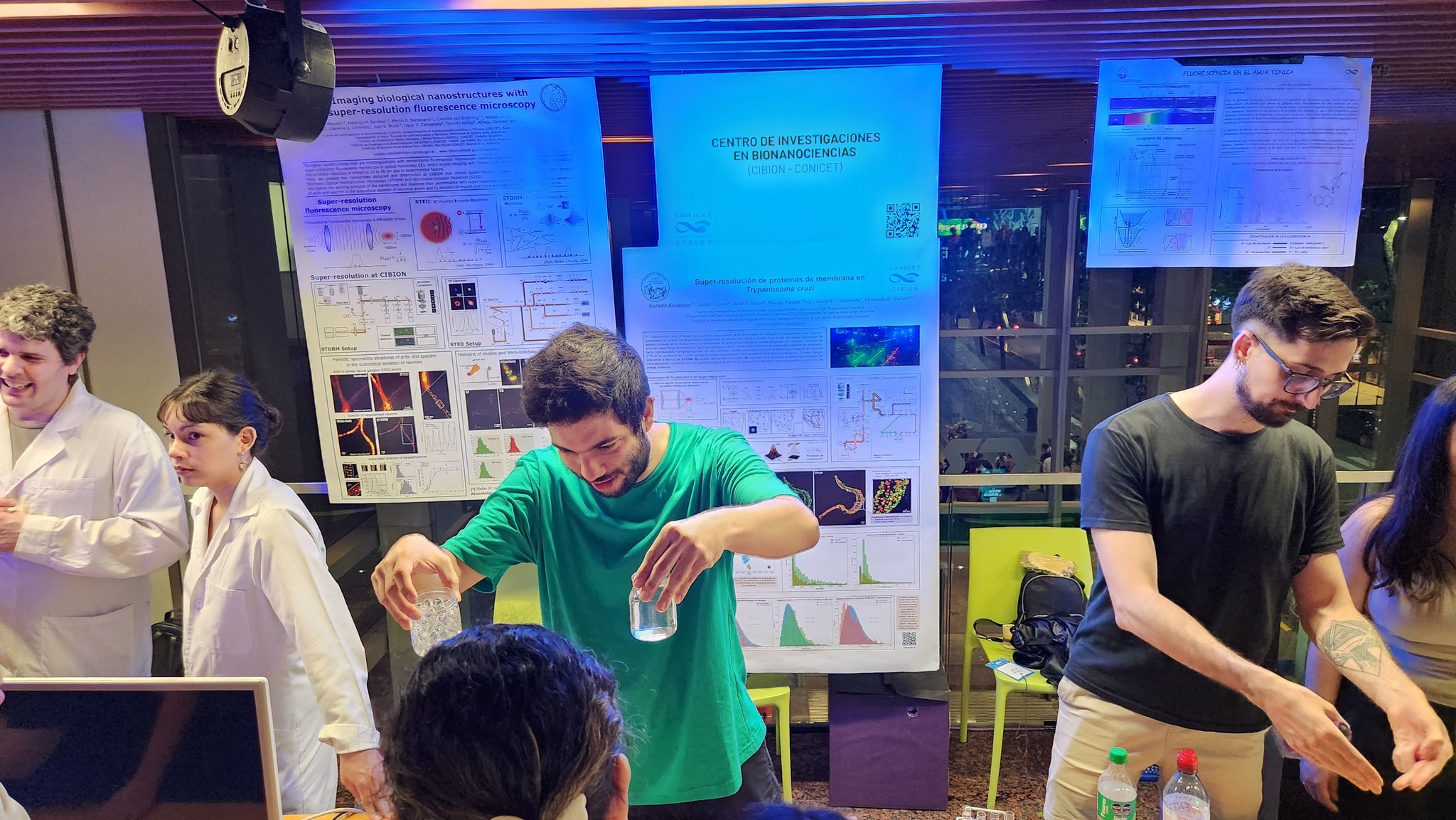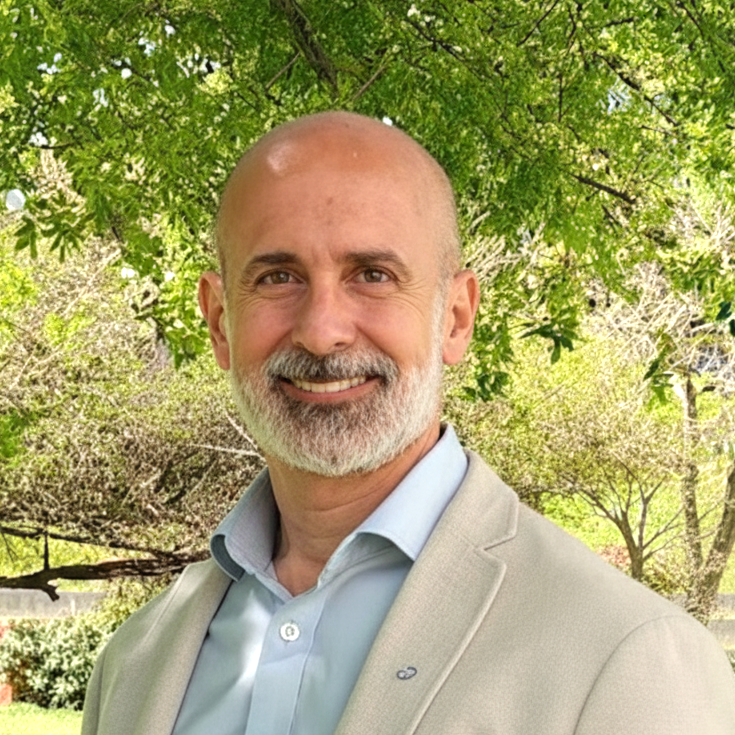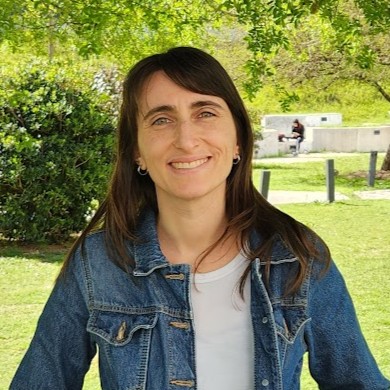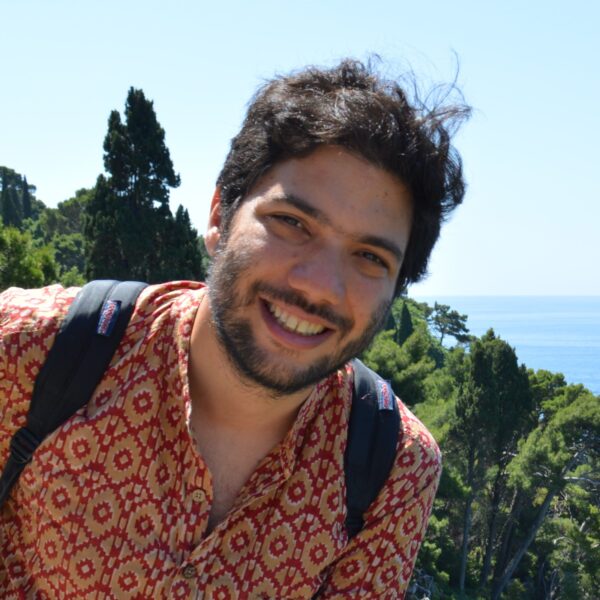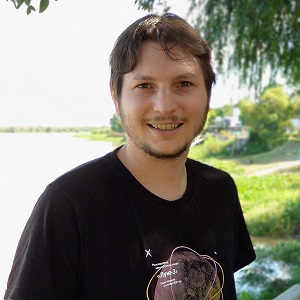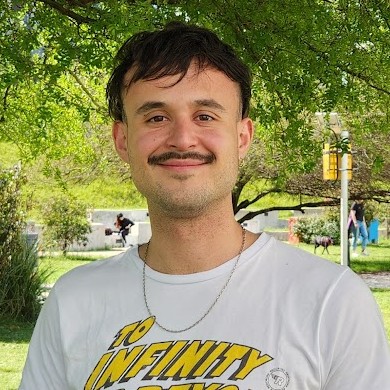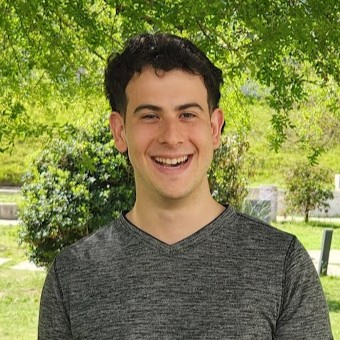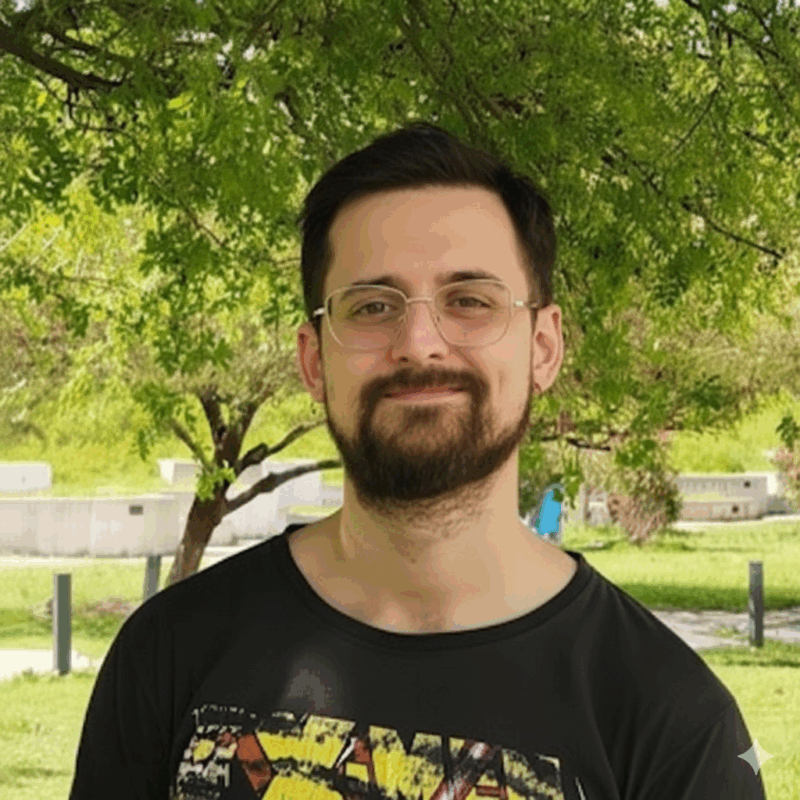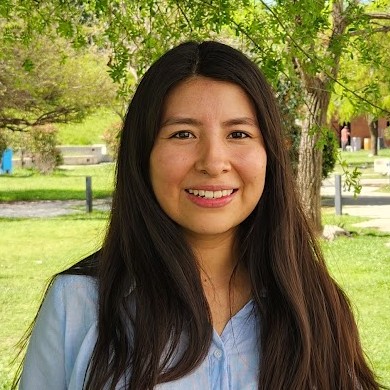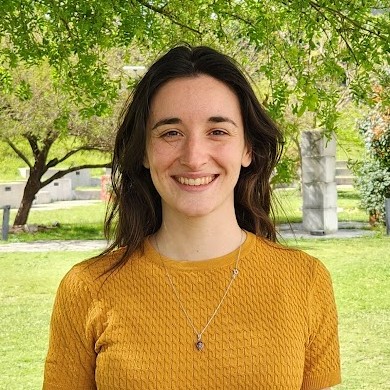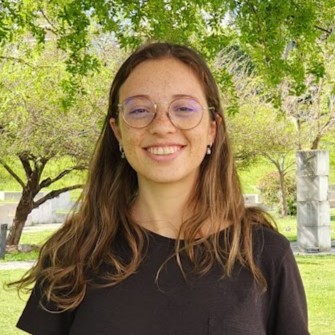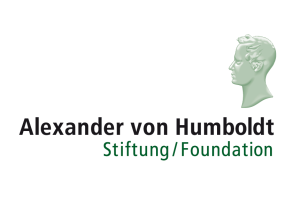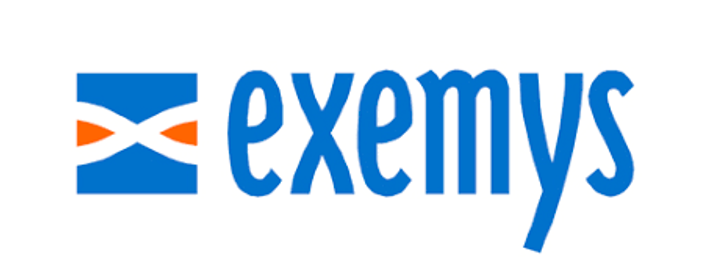Center for Bionanoscience Research (CIBION), National Scientific and Technical Research Council (CONICET)
Physics Department, Faculty of Exact and Natural Sciences, University of Buenos Aires (UBA)
Using optical methods, we explore the properties and technological applications of nanoparticles, single molecules, nanostructured materials, supramolecular assemblies, biological and hybrid nanosystems.
The Applied nanoPhysics Group was launched in October 2009 at the Physics Department, Faculty of Exact and Natural Sciences, of the University of Buenos Aires (UBA)
In 2012 we moved our labs to the Center for Bionanoscience Research (CIBION) of the National Scientific and Technical Research Council (CONICET), while Prof. Stefani still holds his position at the Physics Department of the University of Buenos Aires.
CURRENT RESEARCH ACTIVITIES
Fluorescence nanoscopy.
Super-resolution fluorescence microscopy, also known as fluorescence nanoscopy, has revolutionized biological imaging because they provide deep sub-wavelenght spatial resolution while keeping the low-invasiveness of far-field optical interrogation. We apply and optimize well-established methods like STED and STORM, and develop new ones, such as MINFLUX, and open-source software for fluorescence nanoscopy. With them, we address questions of cellular and neuronal biology.
Optical printing colloidal nanoparticles.
Colloidal chemistry enables the fabrication of nanoparticles of different shapes, sizes and material compositions, that exhibit unique physical and chemical properties, inexistent in bulk materials. In order to make use of those properties in devices and circuits, it is necessary to develope methods to bring the colloidal nanoparticles from the liquid phase to specific locations of solid substrates. We address this challenge using optical forces.
Self-assembled Nanophotonic Devices.
Semiconductor-based devices are approaching intrinsic limits of speed and heat dissipation.
Optical devices are faster and practically loss-less, but their size miniaturization is limited by the wavelength of light. Nanophotonics and Plasmonics deals with the manipulation of light at the nanoscale. We investigate light-matter interaction between single-photon emitters and metallic nanoparticles organized in nanodevices by self-assembly.
LATESTS NEWS
We start the construction of new microscopes for the Federal Network of Super-Resolution Microscopy
After some delays, we received the funds for the second year of the Federal Network of Super-resolution Microscopy (Red Federal de Microscopía de Super-resolución), and today the first shipment of components arrived. Now we can start building new microscopes to our partners of the network. The goal of [...]
Towards fluorescence-based structural biology – Sosa et al. Small Methods
Fluorescence nanoscopy has reached levels of resolution compatible with structural biology measurements. The groups of Stefan Hell and Ralf Jungmann have recently demonstrated position measurements in biological samples with a precision below 1 nm. In contrast to traditional methods like X-ray crystalography or cryo-EM, these measurements can be performed [...]
1st Training Workshop on Super-resolution Microscopy (FOMISUR)
Our lab leads the Federal Network for Super-resolution Microscopy (Red Federal de Microscopía de Super-Resolución) whose main objective is to disseminate super-resolution methods throughout Argentina, comprising hardware, software and "brainware", i.e. teaching and training. Within this program, we organized the first training workshop on super-resolution microscopy (Taller de Formación [...]
Wellcome Giovanni Ferrari – visiting graduate student from LMU
We wellcome Giovanni Ferrari, Ph.D. candidate in the group of Prof. Philip Tinnefeld at the LMU Munich, who is visiting for 4 months with a DAAD fellowship. Giovanni will work on applying p-MINFLUX for single-particle tracking and optimizing a protocolo for widespread use of SIMPLER. We look forward [...]
Prof. Stefani is incorporated to the National Academy of Exact, Physical and Natural Sciences
Prof. Fernando Stefani has been appointed as a Titular Member of the prestigious National Academy of Exact, Physical, and Natural Sciences (ANCEFN). This is a significant honor, as only 37 scholars across all disciplines hold this distinguished position. His inclusion highlights his outstanding contributions to research and innovation, further strengthening [...]
Congratulations Dr. Sosa!
Santiago Sosa succesfully defended his Ph.D. thesis. Santi worked under the co-direction of Prof. Fernando Stefani and Prof. Fernando Goldbaum (Leloir Institute) on the engineering of the protein BLS for the fabrications of nanophotonic devices and for developing structural biology measurements based on fluorescence nanoscopy. Congratulations Santi! [...]
Congratulations Dra. Martinez!
Today, Luciana Martinez successfully defended her Ph.D. thesis on optical manipulation, nanothermometry and controlled photo-induced growth of metallic nanoparticles. Next, Luciana will move to University College London to join the group of Sabrina Simoncelli, together with Cecilia Zaza. Congratulations Lu! And good luck in London! [...]
Night of the Museums 2024
This past Saturday was the Night of the Museums! An annual event organized by the City of Buenos Aires, the Night of the Museums invites everyone to explore the city’s cultural treasures, with museums open from 7:00 PM to midnight, featuring special exhibitions and activities. This year, CIBION participated at the Science [...]
COLLABORATORS
STEFAN HELL
Max-Planck-Institute for Biophysical Chemistry (Göttingen, Germany)
THOMAS JOVIN
Max-Planck-Institute for Biophysical Chemistry (Göttingen, Germany)
ALFREDO CÁCERES
Instituto Universitario de Ciencias Biomédidas de Córdoba (Córdoba, Argentina)
PHILIP TINNEFELD
Ludwig-Maximilians-University Munich (Germany)
GUILLERMO ACUNA
University of Fribourg (Switzerland)
ANDRÉS ZELCER
Centro de Investigaciones en Bionanociencias (Buenos Aires, Argentina)
ANDREA BRAGAS
University of Buenos Aires (Argentina)
DARÍO KRAPF
Instituto de Biología Molecular y Celular de Rosario (IBR – Santa Fe, Argentina)
SABRINA SIMONCELLI
University College London (UK)
DAMIAN REFOJO
Biomedicine Research Institute of Buenos Aires (Argentina)
RODRIGO PALACIOS
Universidad Nacional de Río Cuarto (Córdoba, Argentina)
OSCAR CAMPETELLA
Universidad Nacional de General San Martín (Buenos Aires, Argentina)

